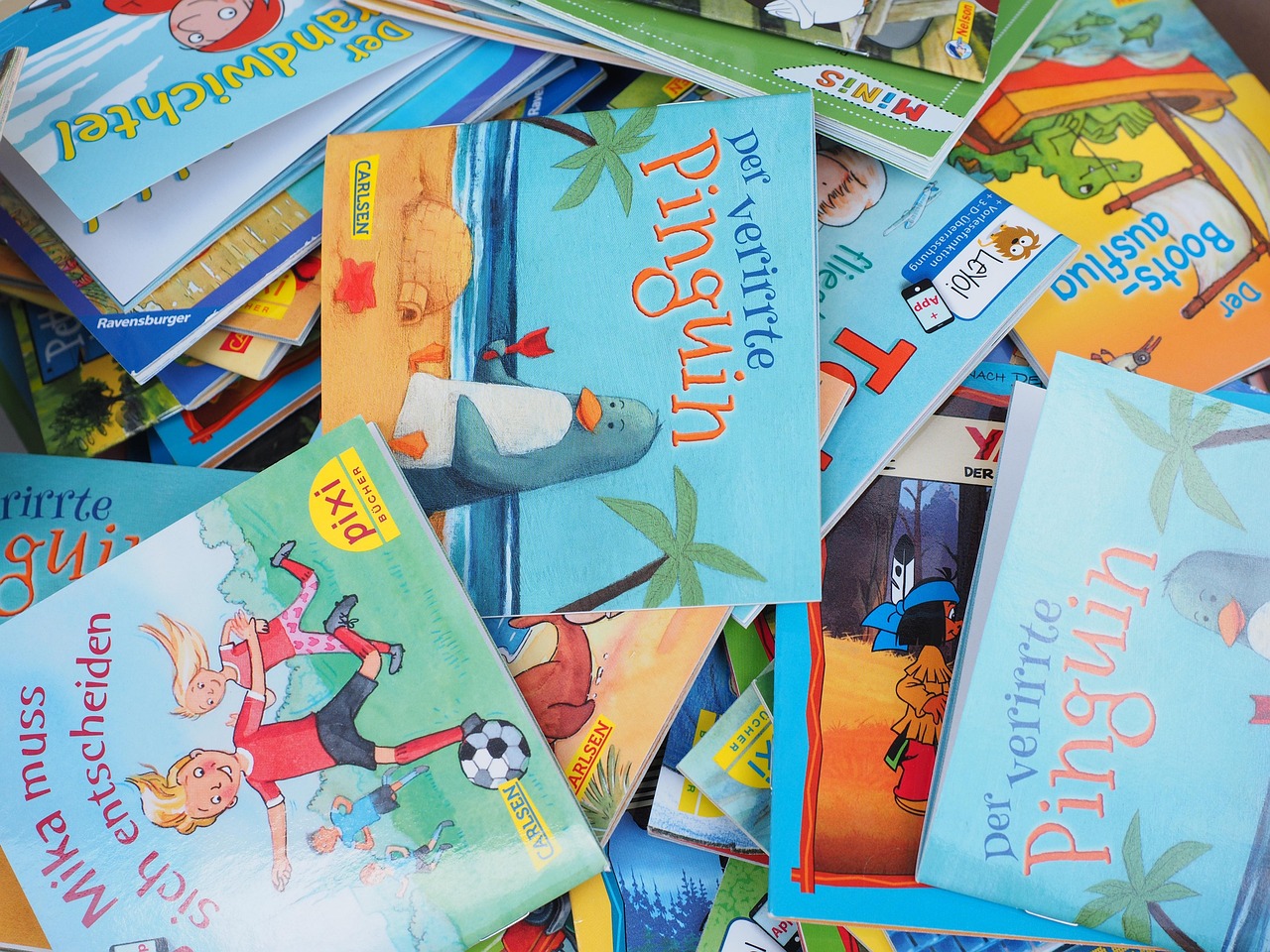Article Title:Story as a bridge to transformation: The way beyond death in Philip Pullman's The 'Amber Spyglass'
Abstract:
In The Amber Spyglass, Philip Pullman extend the psychological depth of literature for young readers by presenting in palpable terms a confrontation with death met by the human capacity for dealing creatively, through story, with personal mortality. Pullman's portrayal of the power of storytelling is placed within the context of the Platonic tradition and Neo-Platonic, 19th-century Romanticism. The co-protagonists descent into the Land of the Dead, Lyra's freeing of the ghosts by the power of story, and their shared emergence into the sunlit land of the living draws on key elements of 19th-century Romanticism, specifically, the ideas of two poets: Percy Bysshe Shelley's concept of the creative imagination as the instrument of moral good, and John Keat's notion of negative capability and his metaphor of the world as a vale of soul-making. All told, Pullman's fantasy portrays young protagonists transcending the dualism of good and evil and learning to live creatively in the face of lifes contradictions, complexities, and most potently, their own mortality.
Keywords: His Dark Materials; imagination; 'negative capability'; Romanticism; storytelling
DOI: 10.1023/A:1022507816427
Source:CHILDRENS LITERATURE IN EDUCATION
Welcome to correct the error, please contact email: humanisticspider@gmail.com



